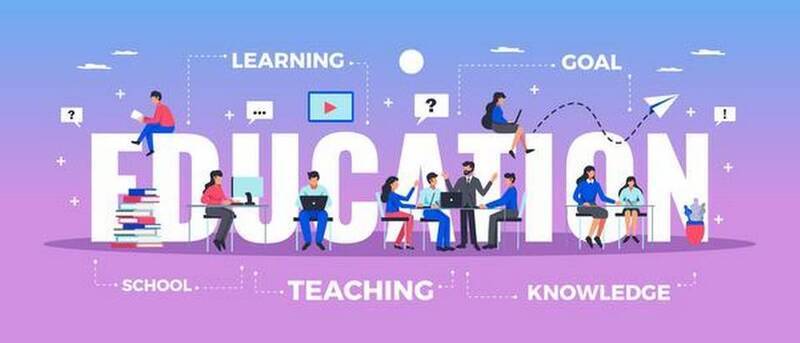
Report highlights 2 Egyptian projects among major clean energy ventures in N.Africa
A report by Energy Capital & Power highlighted two Egyptian projects – Suez Wind Power ...

Schools and colleges were shut down in the second week of March as a preventive measure to contain the spread of COVID-19. In September now, we are still debating whether to reopen. Apart from impacting the future of 32 crore young citizens, this has also pushed educators to reshape the mechanism of imparting lessons.
Some immediate measures included shifting teaching process online on an untested and unprecedented scale, conducting online assessments on trial-and-error basis, creating content suitable for remote learning using technology and tools among others. However, transitioning to an ‘online mode’ has had its share of challenges. These include limited access to the Internet, lack of uninterrupted power supply, ill-equipped teachers, absence of a robust monitoring method, hindrances to replicating the rapport between teacher and students in an online world, bridging the patchy and impersonal online experience, increase in screen-time and unavailability of tools to create content in regional languages.
As we find solutions to these challenges, we see glimpses of the future of learning. While educators and students are eager for institutions to open, the crisis has led to some elements of learning being changed permanently.
The first is the increasing use of technology. During the lockdown, the government used the electronic media to ensure learning continuity for students. Some state governments have been working with media partners such as Doordarshan and All India Radio (AIR) to broadcast virtual classes and educational content through their regional channels. This is not only helping students in rural areas with no Internet connection but also visually impaired students. The boost to online learning has huge implications for our ability to scale and provide equitable access to millions of students. Educators, regulators and learners have to change their attitudes and accept that this will complement classroom learning.
The second change will be in the increasing use of online tools and technology to enhance the learning experience. Great content is available for free online and can be used to learn from. The classroom can then become a forum for debate, discussion and a deeper delving into disciplines and promote collaboration and experiential learning.
The third change will be personalisation of learning. Each student has his/her own pace of studying. While some may need more time others may need more material to achieve the same outcome. Machine learning and Artificial Intelligence coupled with strong data analytics can help customise individual learning paths at scale.
The fourth will be in making learning equitable, convenient, lifelong and accessible. Many people, not necessarily students, have enrolled for new courses during the lockdown. The fact that you don’t need to travel or need to be in a classroom has democratised learning and made it convenient.
Having said this, colleges and schools do much more than just deliver content and teach. The teachers’ ability to engage students in debate and discussion, to mentor and coach and to inspire and motivate is difficult to replicate in the online format. What is also difficult to replicate is peer learning, participation in extracurricular activities and sports, experiential learning and development of emotional quotient and leadership ability. While schools and colleges the way we know them are here to stay, the way learning happens and the way teachers teach is sure to change.
اترك تعليقا